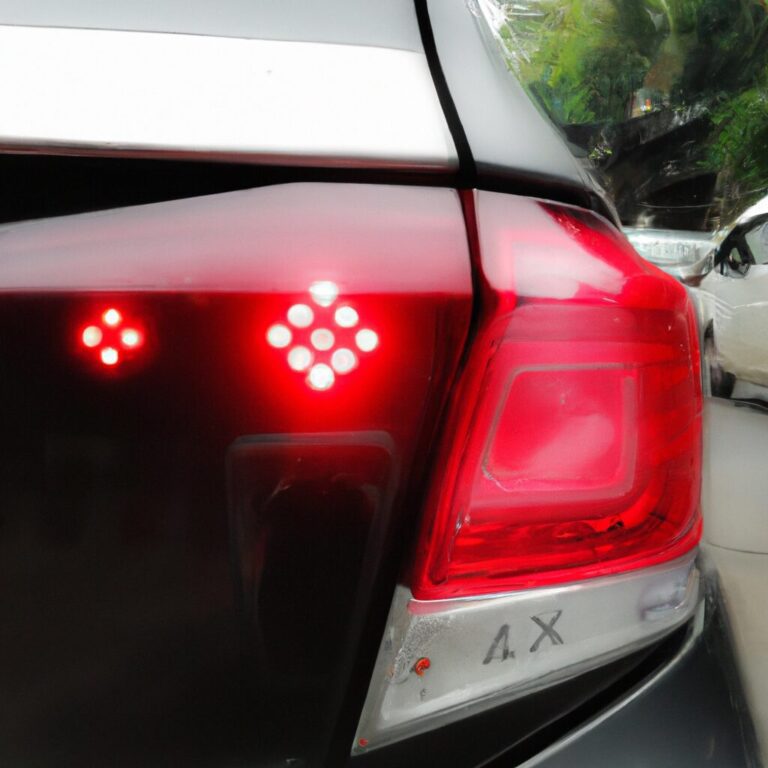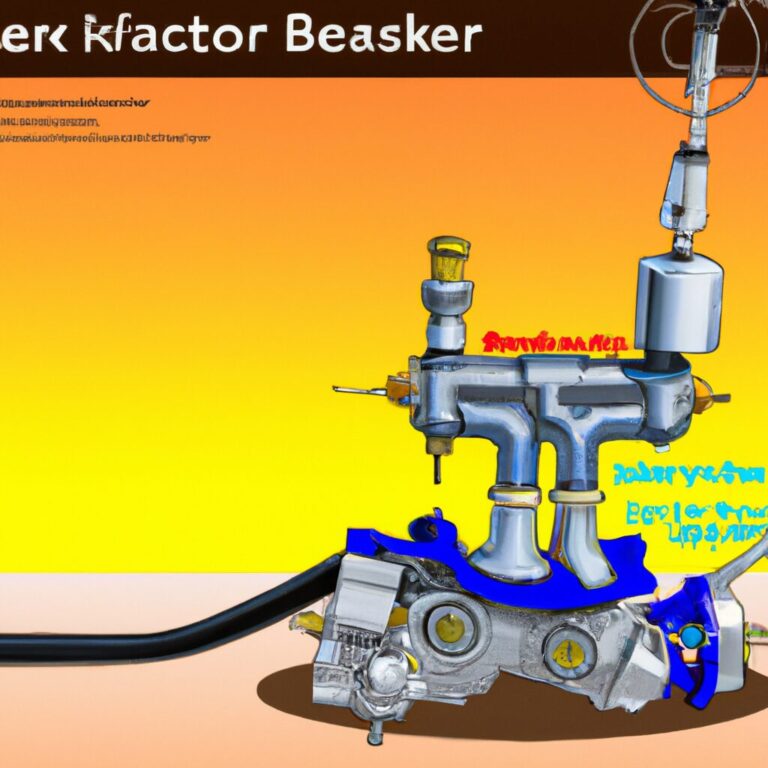Exploring Coating Techniques: Powder, Liquid, and More
In today’s manufacturing, coating techniques play a crucial role in enhancing the quality and longevity of products. From preventing corrosion to improving aesthetics, coatings offer a range of benefits that are essential for meeting the demands of modern consumers. Powder coating and liquid coating are the most common techniques used by industries, but there are several other types available as well. In this article, we will delve into different coating techniques and explore their advantages and disadvantages so that you can choose which method is right for your specific requirements. We’ll also take a closer look at emerging trends in coating technology and how they could impact your business. So, let’s get started on understanding everything about powder, liquid coatings, advanced options beyond them!
Different Types of Coating Techniques
Coating techniques have become an integral part of modern manufacturing as they help to improve the durability and aesthetics of products. Powder coating is one such popular technique that involves applying a dry powder to a surface, which is then cured using heat. This method offers excellent protection against corrosion and wear, making it ideal for automotive, aerospace and construction industries. However, the process can be time-consuming and requires specialized equipment for application.
Liquid coating is another widely used technique that involves applying a wet paint or varnish to a surface. This method provides excellent resistance to weathering and UV exposure but may require more prolonged curing times than powder coatings. Additionally, there are several other types of coating techniques available today, such as electroplating, electrodeposition painting or chemical vapor deposition (CVD). Each has its own set of advantages and disadvantages based on factors like cost-effectiveness or environmental impact. Therefore when selecting an appropriate coating technique align with your specific requirements while taking into consideration all aspects will result in better outcomes ultimately leading to customer satisfaction thereby business growth opportunities in long-term scenarios.
Coating Techniques for Different Surfaces
Coating techniques are essential for ensuring that products remain durable, aesthetically pleasing and long-lasting. The most popular coating techniques used today include powder and liquid coating, which have proven to be efficient and reliable methods for improving product quality. Powder coatings involve the application of a dry powder that is electrostatically charged onto the surface of the substrate – this allows it to adhere uniformly over curved or irregular surfaces, resulting in an even layer of coverage.
Liquid coatings, on the other hand, are applied directly onto surfaces through spraying or dipping. This method typically requires multiple coats to achieve an optimal finish but can produce excellent results when applied correctly. Other coating techniques such as thermal spray coatings, PVD/PECVD deposition processes and electrodeposition offer unique benefits depending on different industry requirements. When selecting a coating technique for specific materials like metal alloys, ceramics or plastics the adhesion properties must be taken into account in order to ensure successful bonding between substrate materials whilst enhancing both durability and aesthetics.
Advanced Coating Techniques
Advanced coating techniques have become increasingly popular in various industries, especially in fields where corrosion and wear resistance are paramount. These techniques involve higher levels of precision, durability, and application control than traditional methods like powder and liquid coating. One example is nanocoating, which involves the use of nanoparticles to enhance adhesion and increase the protective properties of coatings. This technique finds applications in manufacturing equipment, consumer electronics, automotive parts, aerospace parts- almost everywhere.
Another advanced coating technique is Electroplating or electrocoating that uses an electric current to deposit a metal layer onto a surface without interfering with individual part geometry. It’s commonly used on metals for protection against rust/chipping/erosion or a decorative sheen.
In conclusion; Advanced coated materials offer a high level of performance that strengthens material surfaces while also providing aesthetic appeal when required. They could provide new solutions for today’s industry issues such as flexibility concerning design expectancy efficient power consumption improvements over material compatibility reduces maintenance costs significantly etc., making their potential limitless when it comes to possibilities!
Traditional Coating Techniques
Traditional coating techniques have been used in industries for many years, and they continue to be a popular choice among manufacturers today. These techniques involve applying a layer of protective material on the surface of an object or product to enhance its durability, appearance, and resistance against wear and tear. One such technique is electroplating which involves using electricity to coat a thin layer of metal onto another conductive material.
Another traditional technique is dip coating which entails immersing an object into a tank filled with liquid coating materials until it achieves the desired thickness. This method is commonly used for small parts such as fasteners or nails but can also be utilized for larger objects such as furniture pieces. While traditional methods are still prevalent today, new technologies have made coatings more accessible and easier to apply, leading some manufacturers to switch up their standard procedures in favor of newer alternatives that promise increased efficiency and cost-effectiveness.
Specialized Coating Techniques
Specialized coating techniques are often used for specific applications where standard powder or liquid coatings may not be effective. One such technique is electroplating, which involves the deposition of a layer of metal ions onto a substrate using an electric current. This method is commonly used to improve corrosion resistance and hardness on materials such as steel, copper, brass, and aluminum.
Another specialized coating technique is PVD (Physical Vapor Deposition), which is becoming increasingly popular due to its ability to create thin films with exceptional properties. PVD involves the evaporation of metals in a vacuum chamber, followed by their condensation onto the surface of a substrate. The resulting film has unique properties such as high hardness and wear resistance that make it suitable for automotive parts, electronic devices and medical implants.
Overall, specialized coating techniques offer various advantages over traditional coatings; however, they also come with additional costs due to their complexity and equipment requirements. It’s essential to work closely with experts in this field when choosing an appropriate coating application for your product formulations so you can select the best one that meets all your requirements within budget limits.
Innovative Coating Techniques
Innovative coating techniques are constantly being developed to meet the evolving demands of modern industries. Among these, nano and smart coatings have gained significant attention in recent years. Nano coatings use nanotechnology to create ultra-thin layers that offer superior performance compared to conventional coatings. They can provide enhanced protection against corrosion, wear and tear, UV radiation and even bacteria.
Smart coatings, on the other hand, incorporate sensors or other advanced technologies that can respond to changes in their environment. For example, they may change color in response to temperature or humidity fluctuations – making them ideal for applications like food packaging where freshness indicators are critical.
While both nano and smart coatings offer exciting advantages over traditional methods, it’s important to carefully evaluate your specific needs before adopting any new technology. Working with experienced coating specialists is essential for obtaining optimal results and avoiding costly mistakes when implementing innovative techniques into your manufacturing process.
High-Performance Coating Techniques
High-performance coating techniques are critical for improving the quality and lifespan of various products in today’s industrial world. These techniques have several benefits, such as preventing corrosion, enhancing aesthetic appeal, increasing durability, and protecting against wear and tear. Two popular forms of coating techniques utilized by industries are powder coating and liquid coating.
Powder coating involves spraying electrostatically charged particles of pigment onto a surface that has been electrically grounded or heated to attract the charged particles. Then thermo-curing at high temperatures bonds the powder mixture into a uniform film around the part being coated. As an environmentally-friendly approach compared to other types of coatings because there is no need for solvents nor toxic chemicals usage or disposal.
On the other hand, liquid coatings typically involve specialty paints consisting of solvents that dry when exposed to air or light over time (usually called ambient temperature cure). Simultaneously, some liquid Paints Requiring elevated temperatures ranging from 140-190°C (thermosetting paint finish)to get cured on parts like Automotive body shells & plastics components in your car interiors additionally adds more excellent abrasion resistance & weathering Off all alternatives available out there. Coatings can also be customized with additives giving improved chemical resistance to oil/gasoline/water penetration which becomes imperative while catering using products in extreme environmental conditions such as marine/sub-sea environments that require nearly sheer toughness from their respective protective coatings!
Coating Techniques for Non-Metallic Surfaces
When it comes to non-metallic surfaces, coating techniques offer many benefits. With non-metallic materials being used in everything from automotive interiors to furniture production, these coatings can help improve the appearance and durability of products. One such technique is powder coating, which involves applying a dry powder onto the surface and then baking it on. Powder coatings are durable and resistant to chipping, scratching, fading, and corrosion.
Another popular method for non-metallic surfaces is liquid coating. This technique involves applying a wet coat or layer of paint onto the surface with a spray gun or brush. Liquid coatings provide excellent color choices along with good adhesion properties; however they have poor resistance against UV light exposure thus resulting in loss of gloss over time if exposed to sunlight particularly blue wavelengths that turn dull over time than red ones because blue has shorter wavelength than red causing more energy absorption and faster degradation rate due to molecular changes in polymer structure.The choice between these two types often depends upon what features are needed for each individual application since both methods offer unique pros and cons that need considerate evaluation by manufacturers before finalizing which one best suit their needs be it quality improvements,durability enhancement,better custome experience through improved aesthetics etc .
Coating Techniques for Aerospace Industry
The aerospace industry is one of the most rigorously regulated and safety-critical industries in the world. And nothing can compromise its integrity, security, performance, and resilience. Coating technologies play an integral role in enhancing the durability, efficiency, and reliability of airplanes, spacecrafts, satellites engines, frames or blades while ensuring compliance with stringent aviation standards.
Powder coating method involves applying a dry form of paint to produce a durable finish that resists corrosion and fading over time. It’s cost-effective for high-volume production lines due to its uniformity capability based on electrostatically charged powder particles adhering to metallic surfaces using specialist spraying equipment.
Liquid coatings provide greater variation in coating properties than powder coatings because they are more versatile thanks to their ability to be more functional through additives like adhesives or atomizing agents are extremely efficient at covering less accessible areas.
Advanced techniques such as electroless nickel plating offer exceptional wear resistance protect against abrasion when subjected under high heat applications found within jet engine environments. These coatings offer unmatched quality for essential components by providing extended protection from wear-and-tear without damaging metal substrates within intricate parts which ensures optimal performance during flight operations.


